(2566 products available)


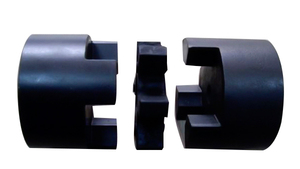























































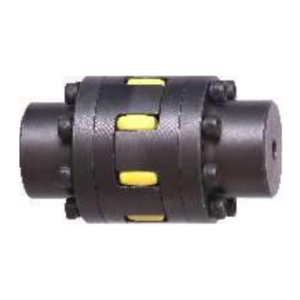


























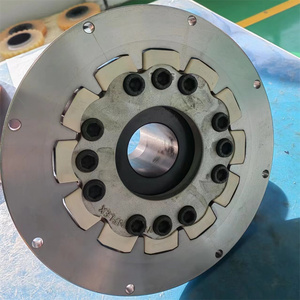








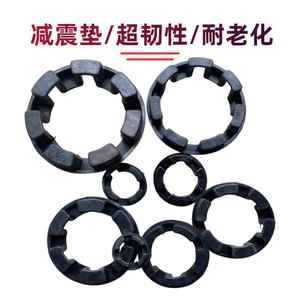


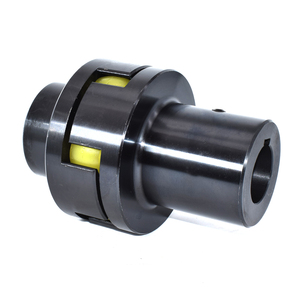



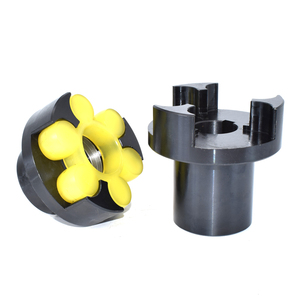




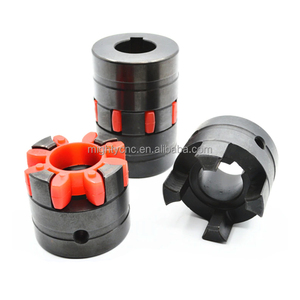

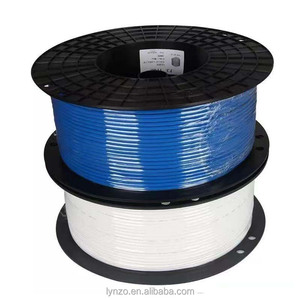




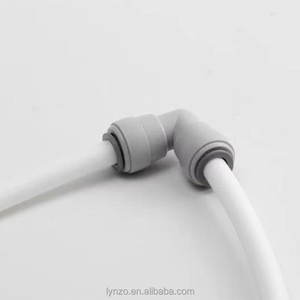
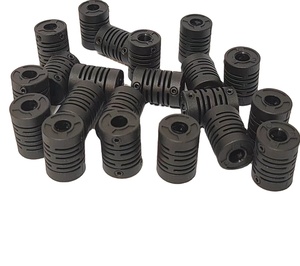

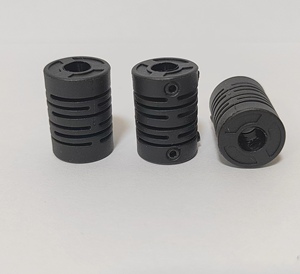




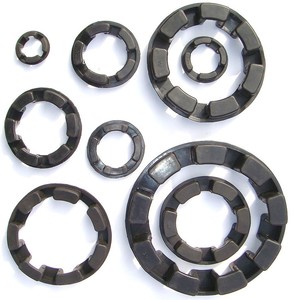

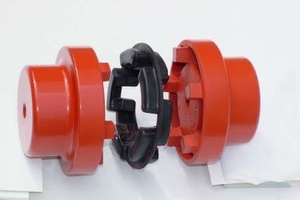
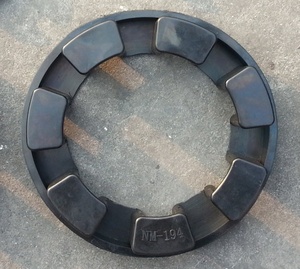







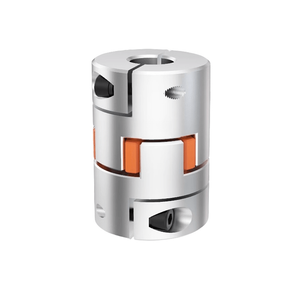
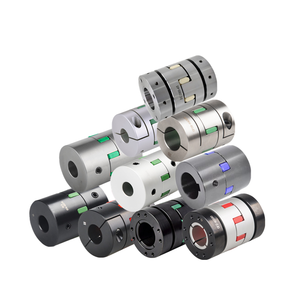




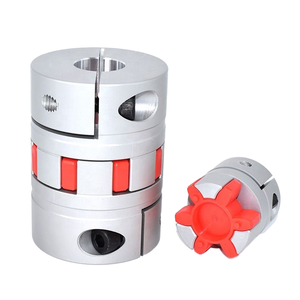
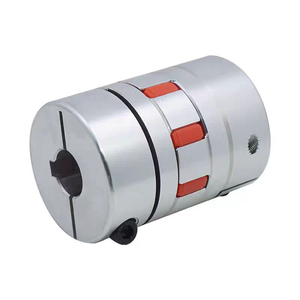
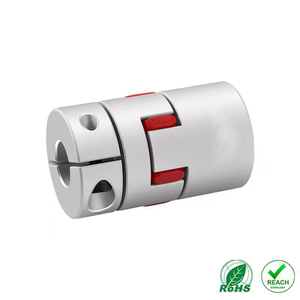















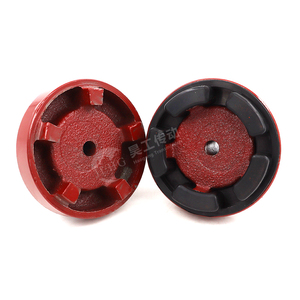






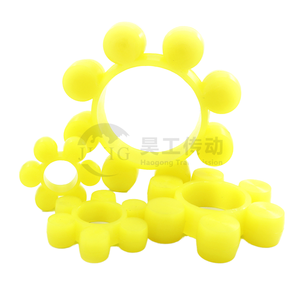
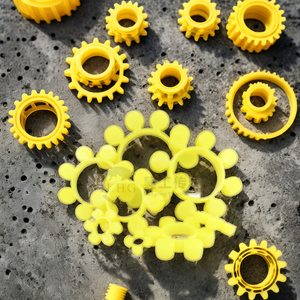

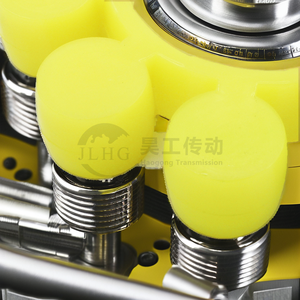

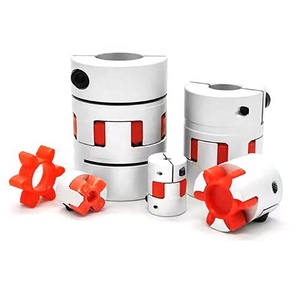
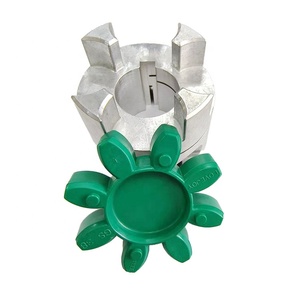




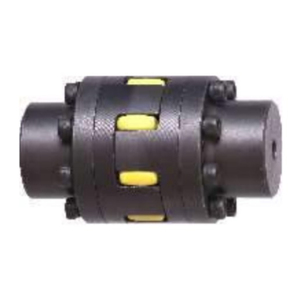

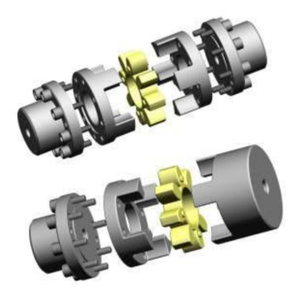





















Flexible PU couplings have several types. Each one accommodates particular needs in power transmission systems.
The Rotex type coupling is one of the most popular flexible PU coupling designs. It consists of two metal hubs and a polyurethane (PU) elastomer as the flexible element in between. It provides very good torque transmission while dampening vibrations and accommodating misalignments. Buyers will most commonly find this type in machinery, pumps, and fans. These applications involve high torque and potential misalignment.
Oldham couplings have a distinctive design. They consist of two hubs with a center disc, often made of PU, sandwiched between them. These couplings are ideal for accommodating axial misalignment. They also handle light to moderate torque loads. An application of this type can be found primarily in low-torque drives and equipment where slight misalignment occurs.
Jaw couplings feature two metal hubs with elastic teeth (or jaws) on them. The teeth are usually made of PU. These couplings are highly valued for their ability to absorb shocks and reduce power transmission system system vibrations. They are often installed in conveyor systems, electric motors, and pumps. Furthermore, they perform very well in general industrial applications.
Grid couplings consist of two hubs with a flexible grid (or spring) in between them. The grid is typically made of PU. These couplings handle high torque loads and accommodate misalignment. They also provide good shock absorption. An ideal application for grid couplings is in the machinery where power fluctuations are common.
Tire couplings feature two metal hubs with a tire-like elastic rim in between. The "tire" is made of PU. These couplings are good for dampening vibrations. They also handle misalignment and are easy to install. Users will commonly find tire couplings in gearboxes, electric motors, and pumps. Moreover, they are suitable for industries where maintenance requires minimal attention.
Material selection and durability are key factors in the performance and longevity of flexible polyurethane (PU) couplings. Choosing the right material ensures that a coupling can withstand the stresses of a given application.
Flexible PU couplings are typically made from a combination of materials. These include PU and metal components like steel or aluminum. Here is a breakdown of each material's role in the coupling's construction:
Polyurethane (PU)
PU is praised for its flexibility and elasticity. These two qualities allow the coupling to absorb shocks and vibrations. It also accommodates misalignment. PU is also quite resistant to wear caused by tensile and compressive forces. It is, therefore, ideal for many industrial settings. However, it can degrade over time when exposed to certain chemicals such as oils and solvents.
Metal Hubs
Manufacturers usually make the metal parts of the coupling out of steel or aluminum. Steel provides high strength and durability. This makes it suitable for heavy-duty applications that involve high torque and load. On the other hand, aluminum is lighter and corrosion-resistant. This makes it ideal for applications where weight and exposure to the elements are a concern.
Wear Resistance
Flexible PU is designed to resist abrasion and wear. This ensures that the coupling maintains its integrity over extended use. In harsh environments, where dust, debris, and contaminants are common, the coupling's wear resistance is essential for longevity.
Chemical Resistance
Many industrial applications involve exposure to oils, solvents, and other chemicals. These have the capacity to degrade certain materials. Chemical resistance is, therefore, critical. While PU offers good resistance to many chemicals, users should ensure the specific formulation is compatible with their environment. This is particularly relevant when used in manufacturing processes that use aggressive chemical substances.
Temperature Tolerance
Temperature variations can affect the performance of any coupling. In particular, they can affect a flexible EU coupling. Excessive heat or cold can cause PU to either harden or lose elasticity. Couples can also experience thermal expansion. This leads to misalignment. Manufacturers usually design certain flexible PU couplings to withstand either extreme temperatures or just high operating temperatures.
Fatigue Resistance
PU couplings regularly undergo fluctuating loads. These can cause material fatigue over time. For this reason, durable PU couplings are engineered to resist repeated flexing and loading. This ensures long-term reliability in dynamic applications. Such applications include machinery with variable loads and speeds.
Flexible polyurethane (PU) couplings are widely used across many industries. This is due to their ability to absorb shocks, accommodate misalignment, and handle varying loads.
Flexible PU couplings are commonly used in machinery and equipment across many sectors. These include construction, mining, and manufacturing. They are used to connect motors to gearboxes. This is because they help to absorb shock. They also reduce vibration and accommodate misalignment. This aids in protecting the equipment from damage during operations. They have application in all machinery and equipment that require efficient power transmission while minimizing wear and tear.
In pump systems, flexible PU couplings connect the motor to the pump shaft. The couplings help to absorb any shocks or vibrations that may be generated by the pump's operation. They ensure smooth and efficient power transmission. They also accommodate any misalignment between the motor and pump. This is due to the system's thermal expansion or installation variations. This reduces the risk of mechanical seal failure, leading to costly leaks and downtime.
Many industries that include manufacturing, logistics, and mining, use conveyor systems to transport bulk products, materials, and packages. Flexible PU couplings power the conveyor motors. That is why they are crucial in ensuring smooth operations. They help dampen the motor's vibrating and absorbing shock. They also minimize transmission to the conveyor. Hence reducing belt slippage and tension variations. Overall, the couplings boost efficiency while extending the conveyor's lifespan.
Flexible PU couplings can be used in electric motor applications. Particularly, where there is a need to absorb shock and accommodate misalignment. These applications include fans, blowers, and pumps. In these scenarios, the coupling acts as a buffer. This protects the motor from the load's backlash. It also minimizes vibration transmission. This enhances the motor's operating smoothness and lifespan while improving efficiency.
Flexible PU couplings are frequently employed in automotive and transportation applications too. For instance, they are used in engine-to-transmission connections. In such contexts, the couplings help to absorb engine vibrations. They also accommodate shaft misalignment. This ensures smooth power transmission. The couplings are equally responsible for reducing noise and vibration within the vehicle. This enhances passenger comfort and vehicle longevity. Flexible PU coupling efficiency makes them suitable for automotive manufacturing and transportation fleet maintenance. After all, they offer reliable performance with minimal maintenance requirements.
Selecting the appropriate flexible polyurethane (PU) coupling for any application hinges on several key factors. These factors must align with the operational needs and requirements.
The coupling must be able to handle the application’s load and torque. Couplings that are undersized for the task will experience premature failure. On the flip side, overloading a coupling can lead to catastrophic failure as well. Consider the torque and load ratings of the coupling. These ratings must be sufficient for the application’s requirements.
Different types of coupling are suitable for specific alignments. Therefore, consider the misalignment type the coupling will have to compensate for. For instance, a coupling like the Rotex PU coupling is ideal for angular and axial misalignment. On the other hand, Oldham couplings are good for axial misalignments. Select a coupling that can adequately accommodate the application’s expected misalignment type and degree.
Operating speed plays a key role in coupling selection. Some couplings are more suited to high-speed applications than others. So consider the coupling’s speed rating to ensure it can handle the application’s rotational speed. Also consider the operating temperature and environmental conditions. These conditions are likely to affect the coupling. Ensure the materials used in the coupling are tolerable to the application’s environment. This includes exposure to chemicals, moisture, and temperature extremes.
Some couplings require complex installation procedures and regular maintenance. Others are relatively easy to install and virtually maintenance-free. These factors significantly affect the total cost of ownership. Consider installation time, complexity, and maintenance requirements when choosing a coupling. To reduce downtime and labor costs, opt for a coupling with a straightforward installation process and low maintenance demands.
Coupling size is particularly crucial when space is limited. Such spaces are in compact machinery or tight installation areas. Although the coupling has to be space-efficient, it should still possess the necessary load and torque capacities. On the other hand, in scenarios with no space limitations, users have the flexibility to choose a coupling with optimal performance features instead of just physical dimensions.
Yes, flexible PU couplings can be used in high-temperature applications. Nevertheless, their performance will be based on the type of materials used in their construction. Some couplings can handle high-thermal range environments. These couplings normally have special-grade elastomers and metals to withstand the heat effect. These couplings are ideal for high-thermal industrial applications, including mining and chemical processing.
Flexible PU couplings are not as durable as metal couplings in high-load or extreme environments. That is because metal couplings are better suited for heavy-duty applications. However, flexible PU couplings are more accommodating to misalignment. They are also better at vibration absorption. This makes them more useful in low-load applications where alignment is an issue.
Yes, flexible PU couplings are suitable for outdoor use. Just ensure that the environmental conditions are within their specified operating range. These conditions include exposure to moisture, UV rays, and varying temperatures. Manufacturers normally design outdoor-use couplings with weather-resistant coatings. They also have UV-stabilized PU to enhance their durability outdoors.
The coupling's hub material directly impacts its strength, durability, and compatibility with other components. For instance, stainless steel or aluminum hubs can improve corrosion resistance. On the other hand, steel hubs offer better strength. These also promote the coupling’s load-bearing capacity. It is a no-brainer that the ideal hub material must align with the application demands.
Yes, flexible PU couplings can adequately handle pulsating loads. Their elastomeric design has the capacity to absorb shock. The design also dampens vibration, which helps in equalizing the power transmission. This is particularly useful in applications such as pumps. It is where the load can fluctuate drastically during operation.